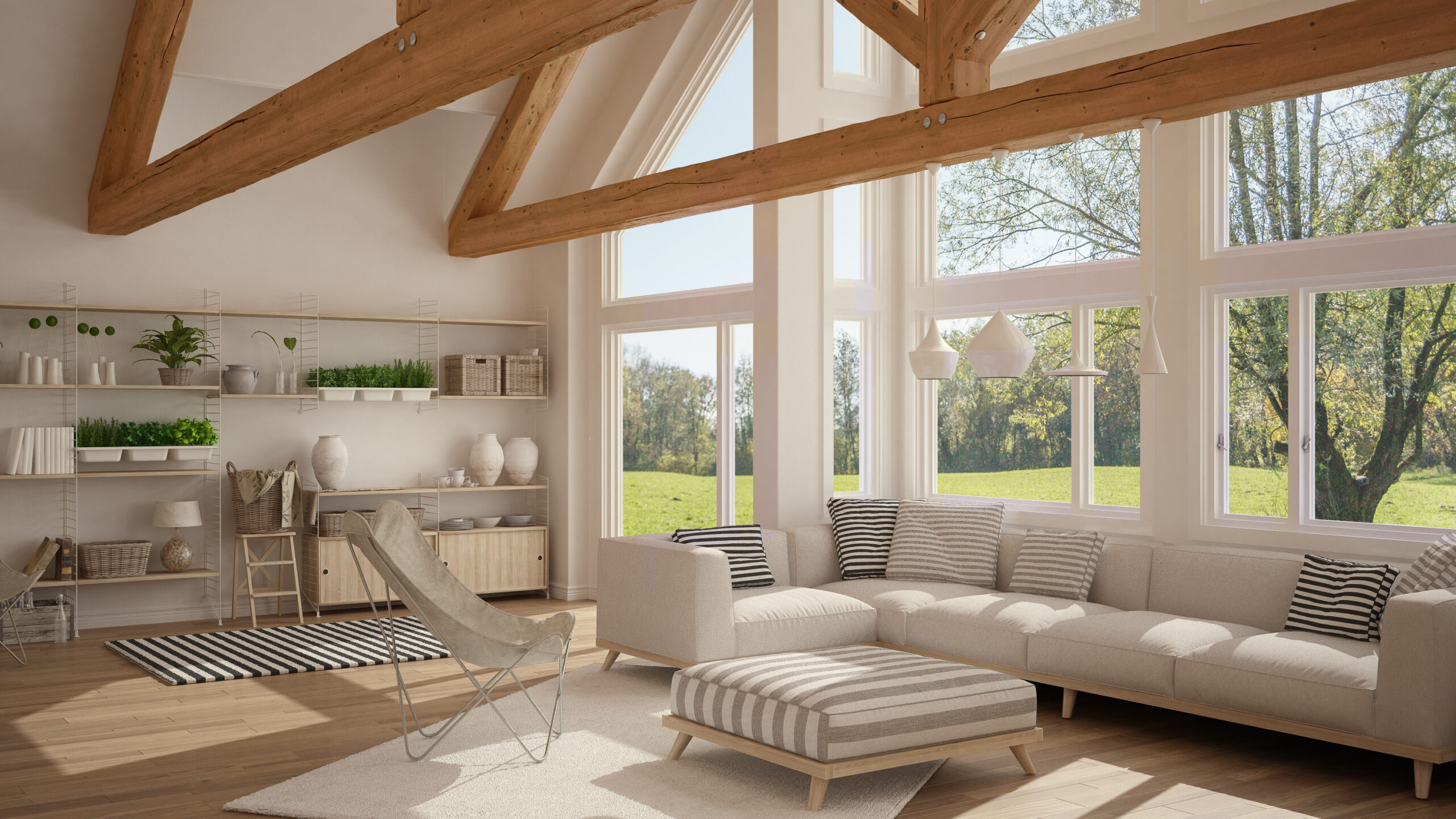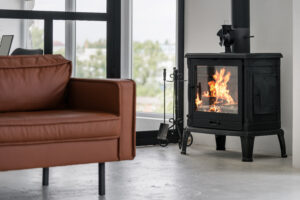When we talk about green homes, we aren’t referring to the paint colour. Homes that are built green are becoming more and more popular with every passing year. Builders and consumers alike are turning to green alternatives when building and renovating homes all over Canada. Using green and recycled materials is a wonderful and simple way to reduce the environmental footprint of the construction process. A home that is built green is often just as affordable, if not more so, than an ordinary home, but you can feel much better about building new when you build green.
Benefits of a Built Green Home
- Cost Savings. A home that is built green results in greater eco-friendliness and improved energy efficiency, meaning that you save on energy and water by having green fixtures and materials in your home. Not only do you experience savings in the operation and maintenance of your home, it may also be cheaper to build if you use recycled materials. Even though a green built home costs up to 1% more than a conventional home, you make that money back and more through operational costs. On average, an energy efficient home saves an average of 25% per year.
- Monetary Payback. Building a green home offers a much better payback rate than a conventional home. Not only can you save thousands on energy, water, and power costs every year, you may also receive various rebates and incentives for building using green materials, products, appliances, and fixtures in your home. Depending on the design choices you make, including solar power panels and energy star appliances, you can receive thousands in rebates, plus up to 10% savings on insurance.
- Property Value. There are yet more financial incentives for a home that is built green. Climate action is taking over all over Canada, and a green home can increase your home’s value by a staggering $20 per square foot depending on your level of eco-friendliness. You may also find that your home is much easier to sell down the line since green built homes are growing in popularity but the supply of built green homes is still small.
- Reduced Environmental Impact: Every construction project has a considerable environmental impact. They use a significant amount of our natural resources, require quite a bit of energy consumption, generate a lot of waste, and account for a third of the country’s greenhouse gases. By using green materials, the footprint of the build is drastically reduced.
- Comfort: Homes that are built green are significantly more comfortable to live in that standard homes. They are quieter, have improved air quality for people with respiratory conditions or allergies, have an airtight seal to reduce drafts, have even heat distribution in every room, and use fewer synthetic materials with chemicals.
What Materials Are Used in Green Construction Projects?
There are many materials that are more sustainable than those used in conventional homes. Some of the best materials for building a green home are:
- Rammed earth
- Bamboo
- Straw bale
- Wool insulation
- Solar tiles and shingles
- Structural insulation panels (SIPs)
- Biocomposites and bioplastics
- Mushroom insulation
- Sustainably sourced wood materials such as bark siding and acetylated wood products
- Low VOC paints
- Shirasu Kabe – a unique plaster wall finish sourced from volcanic soil in Japan
- Living roofs
- Smart glass
- Upcycled products such as shipping containers
- Precast concrete
- Cork
- And so much more
When working with a builder for a new built green home, make sure they use materials that are locally sourced, non-toxic and non-allergenic, sustainably harvested, quickly renewable, recycled or reused, or a combination of these.
Tips for Constructing a Built Green Home
There are several major areas to plan when beginning the process of building a green home. Each of these areas deserves equal prioritization so that you achieve a fully green home and can enjoy all of the benefits to the max. make sure you keep track of these major items when planning and carrying out the built of your built green home:
- Proximity to Public Transport: If you’re serious about reducing your carbon footprint, don’t forget to consider the location of your home during planning. Being near public transportation will reduce the emissions produced by private vehicles. Even if you don’t use it all the time, public transportation is a valuable alternative to a personal vehicle.
- Location: The location of your home is very important. Your builder should help you take advantage of the natural state of your plot of land. Use trees to your advantage to further reduce your cooling costs in the summer or choose a location in the city so you can walk rather than drive to work.
- Environmentally-Friendly Materials: Choosing natural, recycled, or reused materials to build your home is a sure-fire way to reduce your carbon footprint. They are often more durable than conventional materials and will keep the guilt at bay.
- Energy Efficiency: There are many ways to improve energy efficiency in a built green home including efficient lighting, window placement, and energy efficient appliances. Since your home will be built with green products and designs, it’s only natural that your interior features green appliances, fixtures, and systems as well.
- Energy Production: Producing your own energy is one of the most common features of a green home. Solar panels will heat, cool, and power your home entirely for free, and you’ll probably be able to sell the surplus energy back to the company for profit if you have enough solar energy produced to run your home.
- Water Efficiency: Water efficiency is just as important as energy efficiency. You can easily reduce your water consumption through efficient sanitation installations, smart washing machines, and low-flow shower heads.





